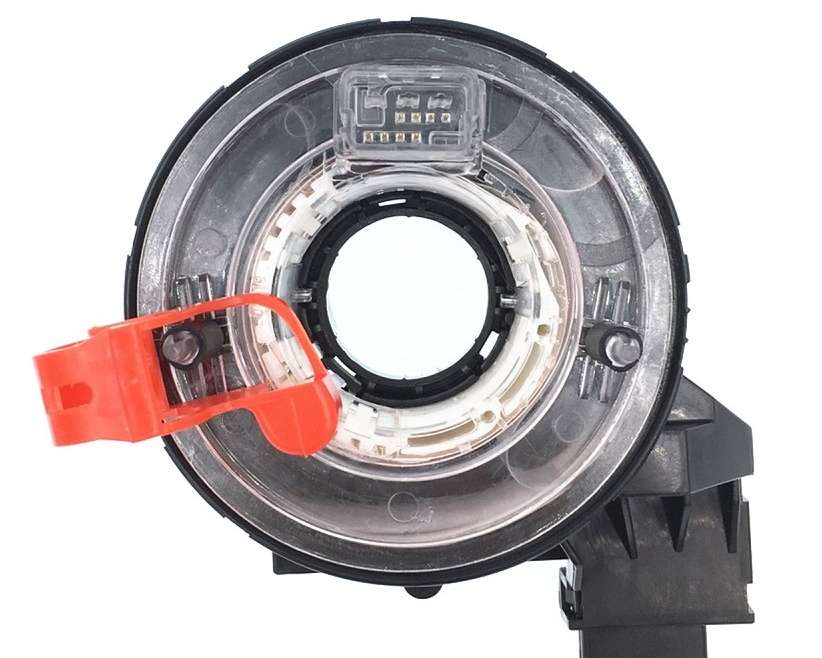Today, we’re diving into a crucial car component that’s often overlooked but plays a significant role in your safety on the road. We’re talking about the clock spring, tucked away inside your steering wheel. We’ll break down what it is, what it does, and how to recognize when it’s gone awry.
What’s a Clock Spring?
So, what exactly is this clock spring, and why should you care? Well, think of it as the unsung hero of your car’s safety system. It’s a coiled electrical cable that connects your steering wheel to the rest of your vehicle’s electronics.
What’s remarkable about it is that it does its job even when you’re making those tight turns or steering in every direction possible. Whether you’re parking or manoeuvring through streets, the clock spring ensures everything stays connected and your driver-side airbag remains at the ready for emergencies.
But the clock spring isn’t a one-trick pony; it’s a multitasking marvel. Beyond the airbag, it keeps all your steering controls and buttons powered and communicating seamlessly with your car’s systems. Need to adjust your mirrors, crank up the music, or take a call using those handy hands-free buttons on the steering wheel? You’ve got the clock spring to thank for keeping things running smoothly.
Spotting Signs of Trouble
Clock springs might not tick like a clock, but they sure can give you some signs when they’re in trouble. Here are a few red flags to watch out for:
- Erratic Horn or Steering Controls: If your horn or steering controls start behaving unpredictably or your horn’s suddenly gone mute, your clock spring might be having a nap. Faulty electrical connections within the clock spring may be causing these issues.
- Dashboard Warning Lights: Keep an eye on your dashboard. If the airbag warning light makes an appearance and refuses to leave, it’s a sign that the clock spring might be to blame.
- Unwanted Sound Effects: Any strange noises when you turn the steering wheel are worth investigating.
- Fuse Troubles: A problematic clock spring can lead to blown fuses in your vehicle. If specific fuses keep blowing repeatedly, it’s a strong indicator that the clock spring is at the root of the problem.
- Airbag Malfunction: In unfortunate cases where you’re involved in a collision and the driver-side airbag fails to deploy, the clock spring could be a contributing factor. It’s a serious safety concern that should not be ignored.
Why Do They Go ‘Clock’ Boom?
Clock springs are like the silent ninjas of your car, but they’re not invincible. They can wear out over time, suffer from extreme temperatures (Australian summers, we’re looking at you), or even get a bit bruised during repairs. Imagine your clock spring as a coiled-up slinky – eventually, it loses its springiness.
Safety First, Always
Here’s the bottom line: It’s not safe to continue driving with a faulty clock spring. While it might be inconvenient to lose functionality in your horn or steering controls, the real issue lies in the potential failure of the driver-side airbag during a critical moment.
So, don’t treat your clock spring like an old alarm clock you can hit to snooze. If you suspect your clock spring is acting up, don’t delay.
Article: Are Your Clock Springs a Time Bomb?




